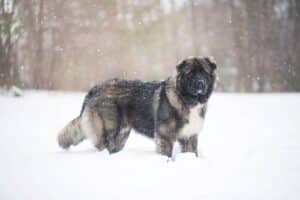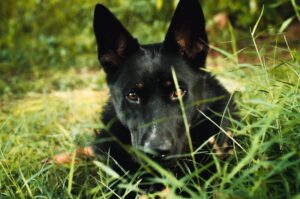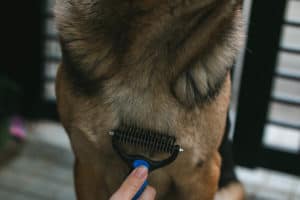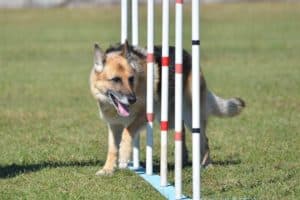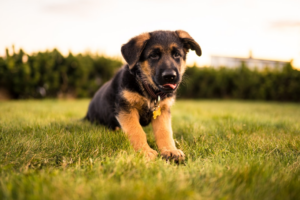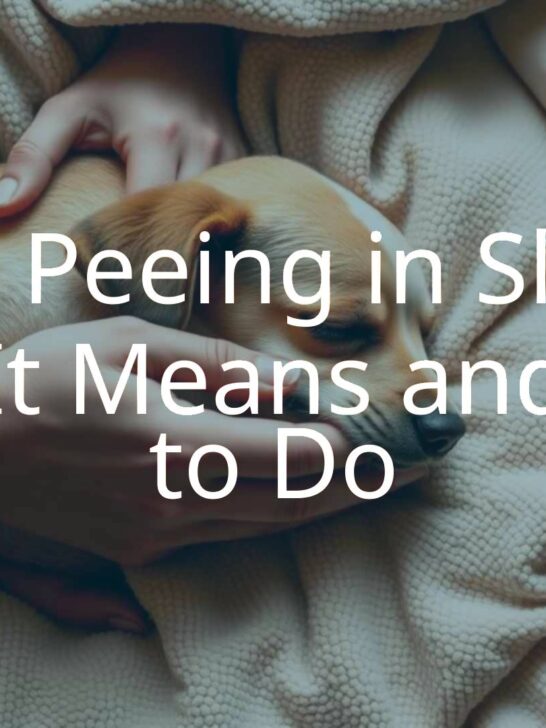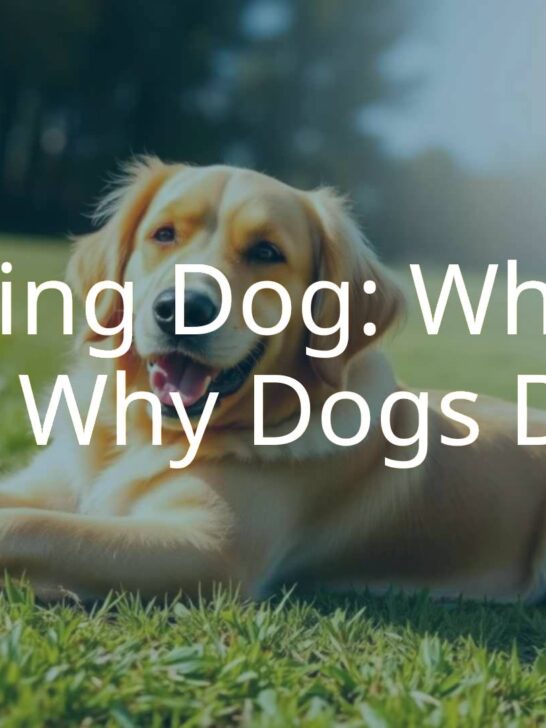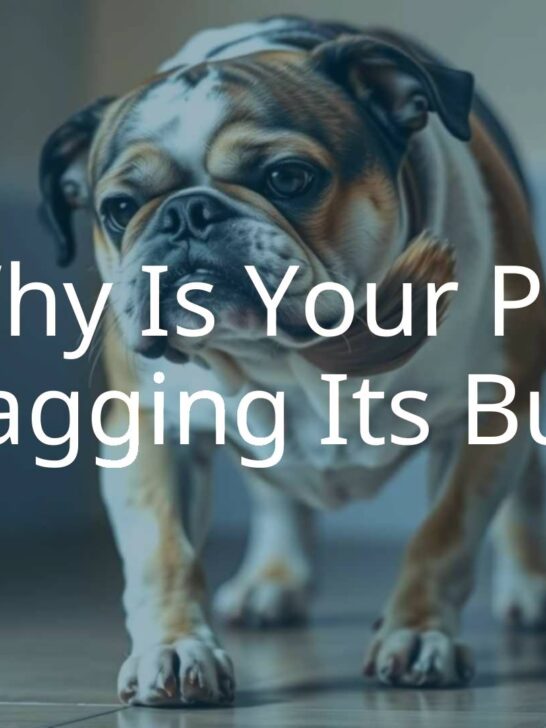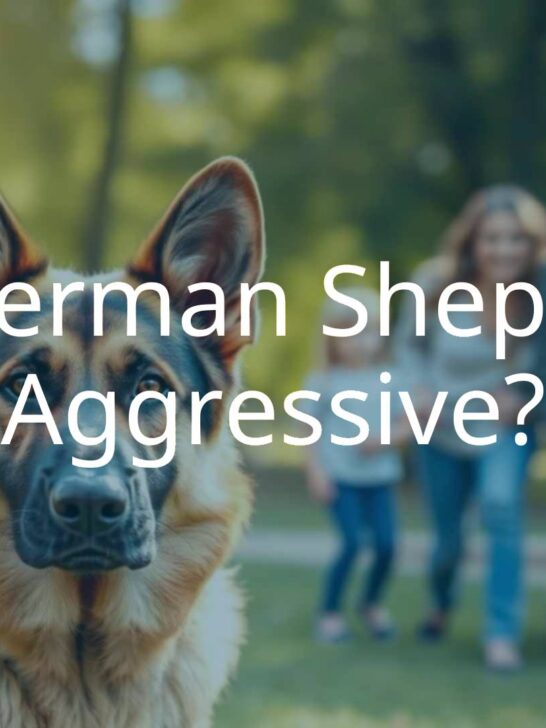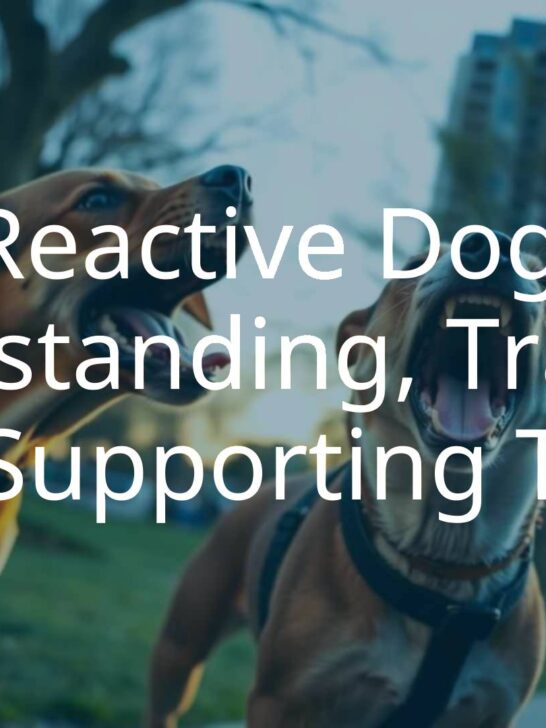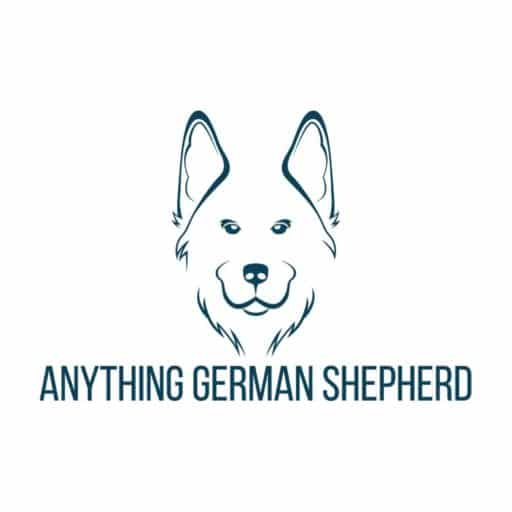Why Do Dogs Like Bones?
Dogs are drawn to bones for several reasons, most of which go back to their natural instincts and biology. Their interest in bones isn’t just a matter of taste-it’s built into their behavior from their wild ancestors. Chewing bones helps them keep their teeth and jaws strong, gives them something fun and challenging to do, and can even give them important nutrients. So, a bone is much more than a simple toy to a dog.
What Makes Bones So Appealing to Dogs?
Dogs are hardwired to be interested in bones. From a young age, they want to chew on things, and bones are perfect for this need. Dogs are natural hunters and chewers, and this drive is still strong even in today’s pets. Even though modern dogs eat regular dog food, the urge to chew remains. Bones let dogs use their natural hunting and chewing skills. Dr. Emily Thompson, an expert in dog behavior, says chewing on bones makes dogs happy and can release happy hormones called endorphins.
Besides just feeling good, dogs are set up physically to enjoy bones. Their strong teeth and jaws are built for chewing and tearing. Bones give dogs a good workout for these muscles, and most dogs will get excited just at the sight of one, no matter their breed or age.

Are Dogs Born Wanting to Chew Bones?
Chewing bones comes naturally to dogs, thanks to their wild relatives like wolves. Wolves had to chew bones in the wild to get enough food and keep their teeth clean. Modern dogs have kept this habit, even though their food is now provided by humans. Dr. Mark Reynolds, an animal behavior specialist, explains that this drive is a basic part of dog behavior. When dogs can’t find bones or toys to chew on, they may start working on shoes or furniture instead. It’s not bad behavior-it’s just a natural urge. Giving your dog bones meets this natural need and keeps them happy and healthy.
How Has the Dog and Bone Connection Changed Over Time?
Dogs and bones have been connected since ancient times. Early dogs, like wolves, needed to eat meat and bones to live, especially when food was hard to find. Bones, especially the marrow inside, provided important nutrition during tough seasons.
Because of this, dogs found chewing bones enjoyable and rewarding. As people started keeping dogs, they often gave them bones as leftovers, both as a treat and to keep the dogs loyal.
Today, while dogs don’t need bones to survive, many commercial dog foods lack some of the natural goodness found in real bones. Chewing still provides needed mental exercise, helping to prevent boredom and stress. Now, bones are more about keeping dogs sharp, satisfied, and healthy than about survival.
Benefits of Chewing Bones for Dogs
Chewing on bones does a lot for dogs-it helps keep their teeth clean, their muscles strong, their minds busy, and provides extra nutrition. Let’s look at why giving your dog the right kind of bone can be a good idea:
Dental Health: Cleaning Teeth and Reducing Tartar
One of the best reasons to let your dog chew bones is for their teeth. Dr. Samantha Davis, who specializes in dog dental care, says that chewing on bones can help scrape away plaque (a film of bacteria) before it turns into tartar. If plaque and tartar aren’t cleaned away, they can cause painful dental problems and bad breath.
Chewing stimulates more saliva, which helps wash away germs and food bits. This natural cleaning lowers the number of bacteria in a dog’s mouth by as much as 60-80%. While it doesn’t replace brushing or vet visits, it’s a fun way to help protect your dog’s teeth and gums.
Jaw Strength and Muscle Exercise
Gnawing on bones tones up a dog’s jaws and the muscles in their face. Just like people need to exercise to stay strong, dogs need to work their jaws. Chewing on a bone works these muscles and keeps them from getting weak.
This also helps support good tooth position and healthy gums.
Because dogs’ jaws and skulls were designed for powerful biting, bones let them use those muscles the way nature planned. Chewing is like a mini workout, helping avoid problems that happen when these muscles aren’t used enough.
Mental Challenge and Calmness
Chewing isn’t just about the body-it’s good for the mind, too. Dogs need to chew to stay busy and happy. Working on a bone gives them something to focus on, which helps reduce boredom and stress. Dr. Emily Thompson points out that the repetitive motion of chewing relaxes dogs, much like how people feel calm when doing puzzles or reading.
Bones act like a natural brain game. For example, getting to the tasty marrow is a fun challenge that rewards effort. Busy dogs are less likely to develop bad habits like chewing shoes or barking too much. Chewing bones is a simple way to help your dog feel satisfied and well-behaved.
Nutrition: What’s Really Inside Bones?
Chewing on bones isn’t just for fun-there are health boosts, too. Bones contain important minerals like calcium and phosphorus, which dogs need for strong bones and muscles. Grass-fed beef bones, in particular, have extra benefits, including collagen (good for joints and skin), healthy fats, and glucosamine (which helps with joint health).
Even though commercial dog food meets most nutrition needs, bones can fill gaps, like providing extra omega-3 fats and natural vitamins. When a dog chews on and eats part of a bone, they get these extra nutrients, which help their whole body. Still, bones should make up only a small part (less than 10%) of your dog’s diet.
What Kinds of Bones Are Best for Dogs?
Not all bones are safe or healthy, so it’s important to pick carefully. Dogs might grab any bone, but some types are much better choices than others. Here’s what to watch for:
| Type of Bone | Description | Risks | Best For |
|---|---|---|---|
| Raw Bones | Not cooked; includes beef, lamb, or chicken bones | Bacterial risk, possible tooth damage if too hard | Chewing and gnawing with supervision |
| Cooked Bones | Heated or roasted, including leftovers | Splinter easily, can cause choking or injuries | Should be avoided |
| Recreational Bones | Large, dense bones (beef femur, etc.) | Too small pieces may be swallowed; hygiene concerns | Long chewing sessions-not for full eating |
| Edible Bones | Softer, smaller bones (chicken necks, wings) | Choking if not properly sized, bacterial risk | Whole consumption (best for raw-fed diets) |
Raw or Cooked? Which is Better?
The safest bones for dogs are almost always raw, not cooked. Cooking bones causes them to break into sharp pieces. These sharp splinters can choke or hurt your dog’s mouth, throat, and stomach, sometimes leading to emergencies. If your dog eats a cooked bone by accident, see a vet right away.
Raw bones don’t break as easily, but can still carry risks like germs or being too hard. If the bone is harder than your dog’s teeth, it could break them. Always ask your vet before giving raw bones and watch your dog during chewing sessions. Choose large, meaty bones that can’t be swallowed whole, and never leave your dog alone with a bone.
Recreational vs. Edible Bones
- Recreational bones are big and tough-good for chewing and cleaning teeth, but should not be eaten whole. They last longer and keep dogs busy, but take them away before they get small enough to swallow.
- Edible bones are softer and meant to be eaten-like chicken wings or necks, often given as part of a raw food diet. These offer more nutrition, but size and quality are extra important to prevent choking or illness.
Whichever you choose, always use bones as a treat and not a replacement for regular meals, and supervise your dog to keep them safe.


